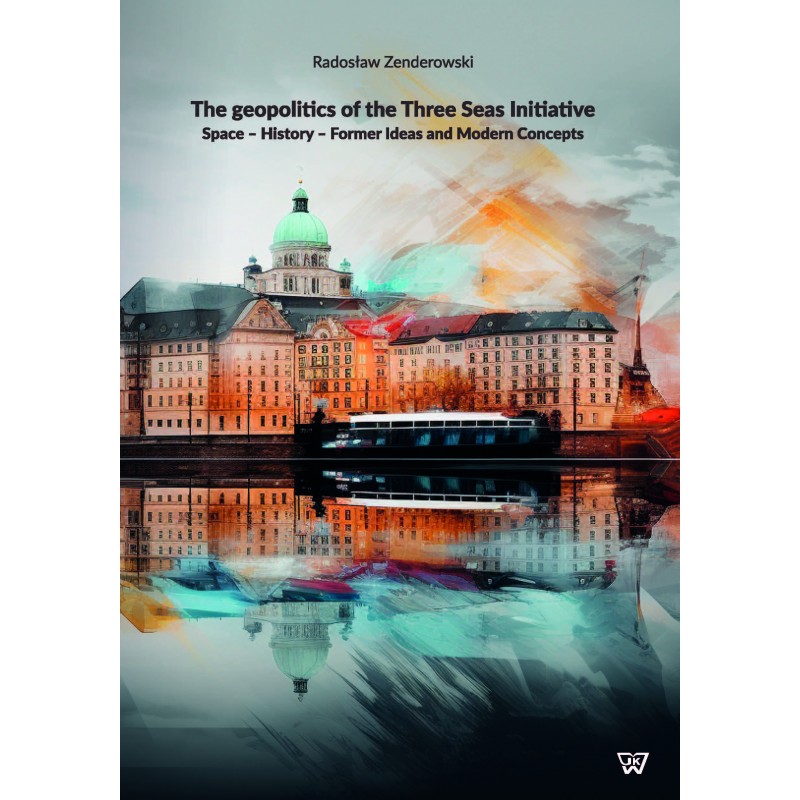




szyfrowane połączenie SSL

tania wysyłka

możliwość zwrotu
Trójmorze z uwagi na swoje położenie między Europą Wschodnią, Rosją i Turcją z jednej strony a Europą Zachodnią z drugiej strony, stanowi bez wątpienia ważny region geopolityczny. Z perspektywy historycznej był to obszar ścierania się wpływów niemieckich (Prusy, Austria, Niemcy po 1871 r.), rosyjskich, tureckich (osmańskich), a także polskich (lub ściślej – polsko-litewskich) oraz węgierskich. Narody i państwa zakotwiczone w tymże regionie podejmowały począwszy od średniowiecza po wiek XX próby politycznej integracji tego obszaru jako warunku sine qua non zachowania suwerenności i niezależności od zewnętrznych potęg. Kilka wieków politycznej historii Europy Środkowo-Wschodniej lub Europy Środkowej z jednej strony określają jej tożsamość jako pola gry mocarstw względnie swoistej i nieuchronnie tymczasowej strefy buforowej, z drugiej strony wskazują na różne próby przezwyciężenia statusu obszaru peryferyjnego eksploatowanego przez zewnętrzne potęgi. W drugiej dekadzie XXI wieku daje się zauważyć szybko rosnące zainteresowanie tym regionem ze strony światowych potęg. Powodem było samo jego położenie pomiędzy Rosją a Europą Zachodnią, które w geopolitycznej grze Rosji, USA, Chin i Niemiec zaczyna odgrywać coraz istotniejszą rolę.
***
Given its position between Eastern Europe, Russia and Turkey on one side and Western Europe on the other, the is undoubtedly an important geopolitical region. From a historical perspective, it was an area of clashes between German (Prussia, Austria, Germany after 1871), Russian, Turkish (Ottoman), as well as Polish (or more precisely – Polish-Lithuanian) and Hungarian influences. The nations and states anchored in the region made attempts, starting from the Middle Ages to the 20th century, to integrate this area politically as a sine qua non for maintaining sovereignty and independence from external powers. Several centuries of the political history of Central-Eastern Europe or Central Europe , define its identity as a field of play for powers, a relatively specific and inevitably temporary buffer zone, on the one hand, and indicate various attempts to overcome the status of a peripheral area exploited by external powers. In the second decade of the 21st century, there was rapidly growing interest in the region from the world's powers. The reason for this was its position between Russia and Western Europe, which in the geopolitical game of Russia, the USA, China and Germany is starting to play an increasingly important role.